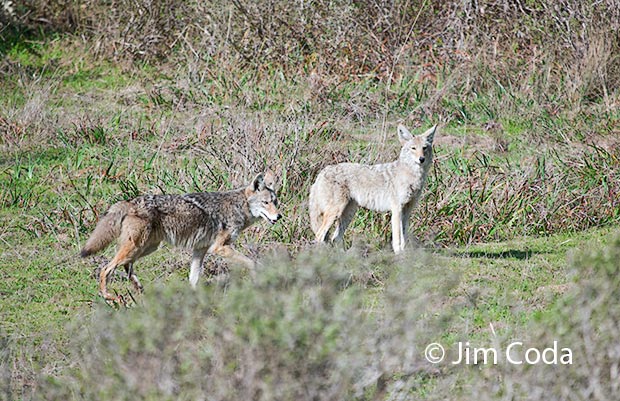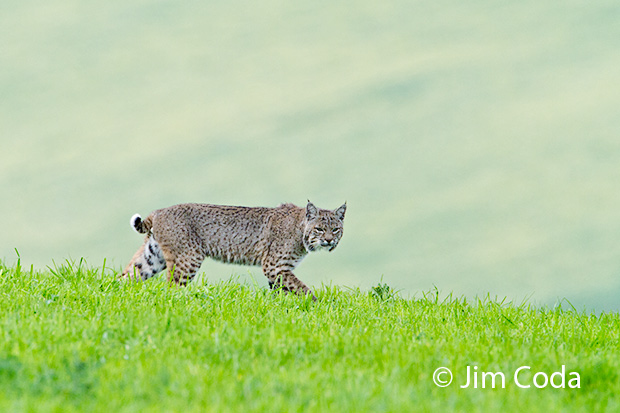Coyote At Sunset

I photographed this coyote at sunset. For landscape photography, sunrise and sunset are the best of times. You go to the place you want to photograph and wait for that yellow, orange and/or red light. Sunrise and sunset are great times to photograph wildlife as well. Unfortunately, a wild animal is not always in front of you at sunrise or sunset. So, when you have an interesting animal to photograph at those times you are fortunate. That’s all it takes for me to consider the day a success.






